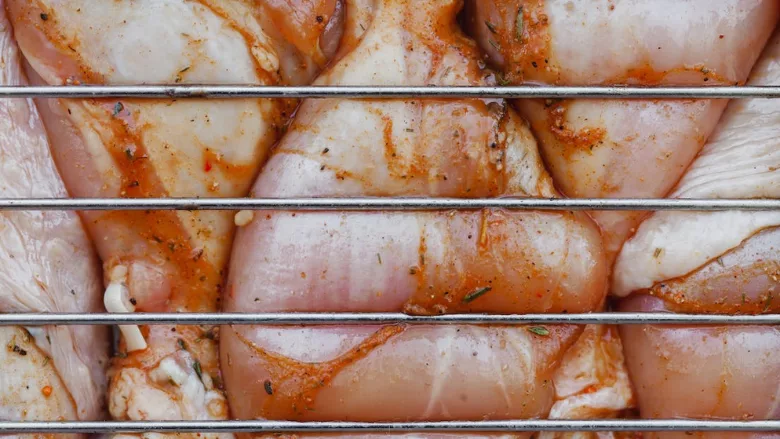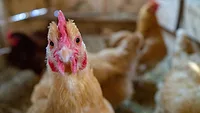AMR Trends in Campylobacter from UK Chicken Meat Over 20 Years

Credit: Julia Filirovska (@filirovska) via Pexels
A study conducted by the UK Food Standards Agency (FSA) has reported a noticeable increase in antimicrobial resistance (AMR) in Campylobacter to certain antibiotics over the last two decades; however, there has not been a significant increase since 2014. The findings are based on testing of retail chicken meat samples, as well as broilers at slaughter, throughout the UK from 2001–2020.
The study found that resistance to quinolones (ciprofloxacin and nalidixic acid) and tetracycline was common in C. jejuni and C. coli isolates. A 13 percent and 47 percent increase in the prevalence of C. jejuni isolates with AMR to ciprofloxacin was observed during 2001–2005 and 2011–2018, respectively. Resistance to ciprofloxacin also increased in C. coli isolates, from 18 percent during 2001–2005 and 48 percent during 2016–2018. However, no significant increases in resistance to ciprofloxacin were observed after 2014. As of 2020, whole genome sequencing (WGS) data predicts resistance to ciprofloxacin in 52.9 percent of C. jejuni isolates and 46.3 percent of C. coli isolates.
Regarding nalidixic acid, there was a significant increase in the percentage of nalidixic acid-resistant C. jejuni, from 16 percent of isolates in 2001 to 52 percent in 2018. The same trend was observed for C. coli, where the percentage of resistant strains increased from 16 percent in 2001 to 50 percent in 2017. However, the rate of increasing nalidixic acid resistance in both C. jejuni and C. coli appeared to decline from 2014.
The percentage of C. jejuni isolates with resistance to tetracycline rose significantly from 27 percent in 2001 to 66 percent in 2018, with no increasing trend in recent years after 2014. Tetracycline-resistant C. coli isolates increased from 23 percent in 2001 to over 55 percent after 2013. As of 2020, WGS data predicts resistance to tetracycline in 61.4 percent of C. jejuni isolates and 66.3 percent of C. coli isolates.
Multi-drug resistance (resistance to three or more unrelated antibiotic classes) was noted at very low levels in C. jejuni (0.8 percent) and low levels for C. coli (6.8 percent), with no significant evidence of increasing multi-drug resistance trends.
The study listed possible seasonal and production factors affecting AMR for some antimicrobials. Specifically, isolates originating from nonstandard chicken production were more likely to show resistance to ciprofloxacin and tetracycline for C. coli, but were less likely to show resistance to erythromycin. Resistance to tetracycline and quinolones in C. coli was more common during summer months, whereas AMR in C. jejuni appeared at a lower rate in summer months.
Finally, the study hypothesizes that the lack of significant increases in Campylobacter AMR since 2014 may be due to the significant reductions in usage of antimicrobials undertaken by the poultry industry in the past decade. However, more data is required to confirm that historical increases in Campylobacter resistance to quinolone and tetracycline have ceased. The study recommends that trends in AMR in Campylobacter isolates from UK chicken continue to be monitored to identify any decreases in resistance, as well as any increasing resistance of concern, particularly to erythromycin and co-resistance to quinolones and erythromycin.
Looking for quick answers on food safety topics?
Try Ask FSM, our new smart AI search tool.
Ask FSM →









